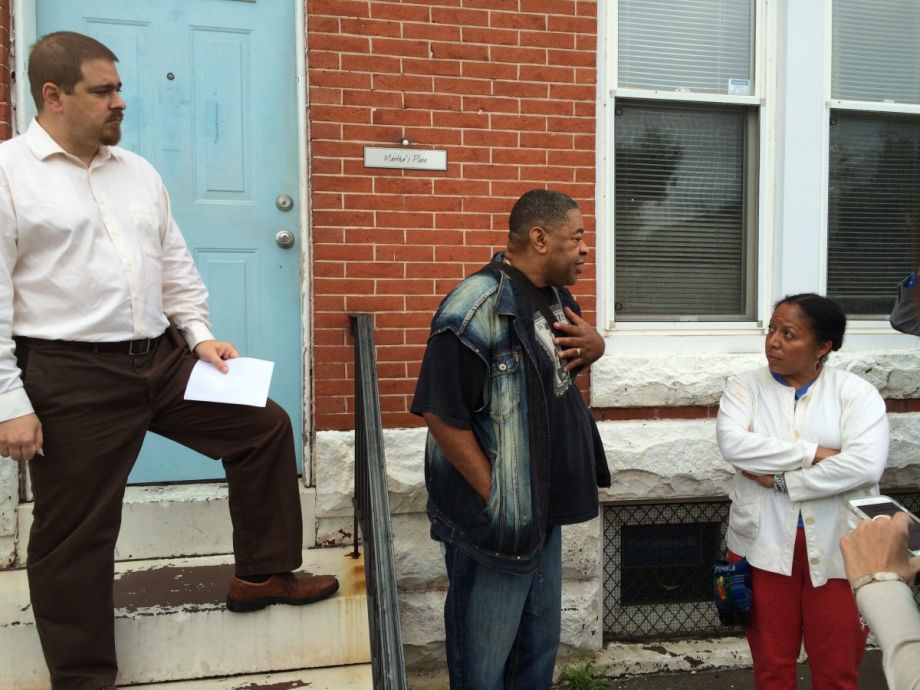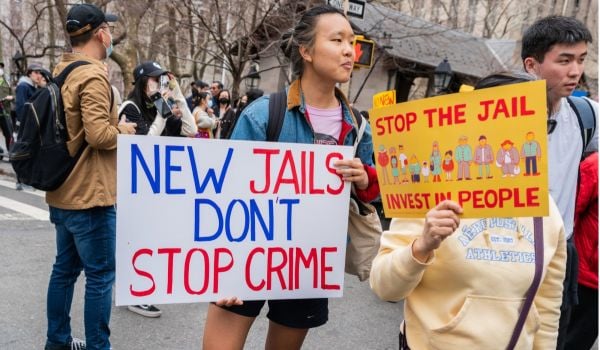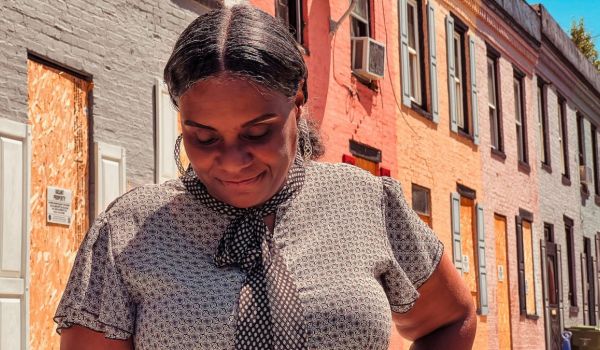Baltimore’s Sandtown-Winchester neighborhood is no stranger to riots or abandonment — or to well-meaning investments intended to turn negative trends around. After race riots rocked the city in 1968, Sandtown’s population decreased by nearly half, more precipitously than the population of Baltimore as a whole. Today, nearly a third of its families live below the poverty line, 3 percent of the neighborhood’s population is incarcerated — more than any other Baltimore neighborhood — and more than a third of its houses are abandoned. This is the neighborhood where Freddie Gray lived, and where he was arrested in April 2015, before he died unsecured in the back of a police van.
There’s been no lack of efforts to transform the neighborhood, many of them focused on replacing those vacant lots and blighted buildings with affordable housing and other amenities. Starting in the early 1990s, former mayor Kurt L. Schmoke and developer James Rouse of the Enterprise Foundation poured more than $130 million into the neighborhood, eventually building or renovating over 1,000 homes. Habitat for Humanity has rebuilt more than 300.
Now a new $700 million plan, announced by Governor Larry Hogan earlier this year, aims to redevelop West Baltimore, starting with demolishing about 4,000 buildings, including many in Sandtown. In fact, the first rowhouse to be torn down was just a few blocks from where Gray was arrested. About 20 city blocks will be cleared of blight in the first year, the state estimates. The bulk of the funding, $600 million of it, will go toward subsidies for developing retail spaces and affordable and market-rate housing.
But residents have been let down before, and they’re not so eager to embrace the new initiative on faith. Questions linger around the city’s existing Vacants to Value initiative, and that $130 million Sandtown investment from the 1990s? Housing was developed, but few jobs or businesses. The drug trade flourished, despite all the new homes.
“And a lot of the people who were able to purchase the new homes in Sandtown were not from the community,” Elder C.W. Harris, community builder, lifelong Sandtown resident, and founder of Newborn Ministries told the Baltimore Sun last year. “Most of the people who lived here could not afford them.”
Yet on a tour this week of the neighborhood held as part of Center for Community Progress’ Reclaiming Vacant Properties conference, Mike Posko of Habitat for Humanity of the Chesapeake refuted the idea that the hundreds of millions invested by Habitat and Enterprise have been for naught. Bringing back a neighborhood this distraught is a long haul, he said. Yes, it’s true the state spends $17 million per year to incarcerate just 458 Sandtown residents, but if it weren’t for the investment, he says, “nobody knows, but maybe there would have been 1,000 people incarcerated.”
Still, despite the 300 new and renovated homes, he says Habitat is still trying to drive the market up in Sandtown. The nonprofit might build a home for $140,000, only to have it appraised for $116,000. About half of Habitat’s projects in the neighborhood are gut-and-rehab jobs on vacant buildings, and about half are new buildings on vacant lots. One entire block of Leslie Street is lined in brand-new rowhouses; Habitat buildings are everywhere, apparent by their slanted house number plaques.
All these homes are sold to residents making 30 to 80 percent of area median income, who are less than $1,000 in debt. They pay no more than 30 percent of their monthly income for a mortgage. Posko says working with so much vacant property is a challenge. When a street has been neglected so long, it often needs not just homes but also sidewalks, alleyways, street repairs, and the city sometimes expects Habitat to do that work too — at their own expense. When Habitat acquires a property, the nonprofit also becomes responsible for paying the water bills and fines on dumping, expenses Posko would like the city to forgive until renovations are done.
He also recognizes it’s time to look past housing. The unrest in Sandtown following Freddie Gray’s death turned the conversation back toward what Sandtown really needs: jobs. Next week, Habitat will launch an initiative to train locals in carpentry.
The unrest also highlighted the enduring stability of one intersection that Elder Harris and other local residents have spent the past two decades reclaiming. Though the CVS that was famously burned and looted last April is just five blocks up the street, the intersection of Pennsylvania Avenue and Presstman Street was calm and quiet the following day.
“We have street cred,” Harris joked on this week’s neighborhood tour about what he calls “Resurrection Intersection.” The women from Martha’s Place, a recovery program in a formerly abandoned building that was Harris’ first project on the intersection, stood on the sidewalk shooing would-be rioters away. “They went right by us. They left us alone,” Harris says.
Newborn Ministries has been deeply involved in the efforts to bring new housing to Sandtown, but Harris sees the pitfalls of some of the earlier efforts. “Too many people came from outside the community, and not enough was done to include people from within the community to improve Sandtown,” he told the Baltimore Sun last year.
At Resurrection Intersection, the focus is deeply local, centered around the 1900 and 2000 blocks of Pennsylvania Avenue. Women who complete the program at Martha’s Place can move into rowhouses across the street. Beside those homes is a mural and memorial garden dedicated to community members who lost their lives because of drugs. Nearby, a fountain that had been dry for 20 years flows with water. On another corner is the Harris-Marcus Center, an arts space named for Elder Harris and Todd Marcus, executive director of Intersection of Change. Altogether, the nonprofit has renovated six previously dilapidated buildings, painted seven murals, and transformed 18 vacant lots into green spaces and gardens.
Harris and his colleagues have created an urban farm on Lorman Street, in collaboration with James Rouse’s son, Ted. Ex-offenders who come back to the neighborhood from prison — Harris calls them “returning citizens” — work there, learning farm and other job skills. Harris says the point is to prepare them to be their own employers, since their records will likely keep them out of some careers. And the farm provides much-needed produce for the neighborhood, which suffers from what Harris refers to as food neglect.
“What we’re doing is working,” even if it’s hard to measure, he tells the tour group assembled in an art studio at the Harris-Marcus Center. “It might be a drop in the bucket, but it’s a significant drop in the bucket.”
This article is one in a 10-part series about reclaiming vacant properties underwritten by the Center for Community Progress. Read more here.
Jen Kinney is a freelance writer and documentary photographer. Her work has also appeared in Philadelphia Magazine, High Country News online, and the Anchorage Press. She is currently a student of radio production at the Salt Institute of Documentary Studies. See her work at jakinney.com.
Follow Jen .(JavaScript must be enabled to view this email address)
















